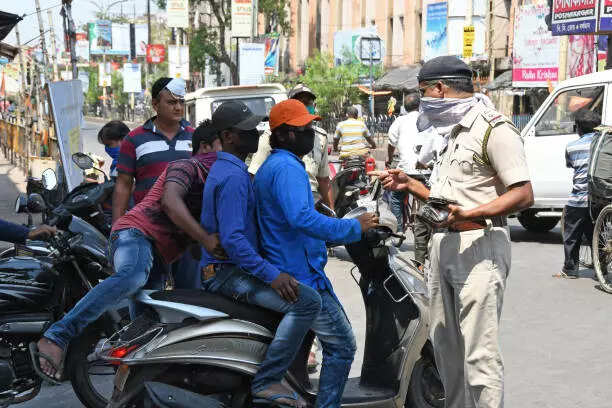Why Strict Traffic Rules Are the Need of the Hour in India: A Wake-Up Call
India holds the unfortunate record of being among the countries with the highest number of road accidents and fatalities globally. Every day, over 400 people lose their lives on Indian roads, and thousands are injured, many permanently. While infrastructure, weather, and vehicle conditions do play a role, a large chunk of these accidents is caused by non-obedience to traffic rules, reckless show-off stunts, and immature driving behavior.
It’s high time we enforce stricter traffic regulations and reshape road culture in India to save lives and build safer roads.
The Alarming State of Road Accidents in India
According to Ministry of Road Transport and Highways (2024 data):
Over 4.5 lakh road accidents annually.
1.5 lakh deaths per year.
70% of fatalities occur due to over-speeding, wrong-side driving, and ignoring traffic signals.
These numbers are not just statistics — they represent families destroyed, youth lost, and avoidable tragedies.
Key Causes of Accidents: The Human Factor
1. Non-Obedience to Traffic Rules
Ignoring red lights, zebra crossings, and lane discipline is commonplace.
Helmetless riders, seatbelt non-compliance, and illegal overtaking are widespread, especially in tier-2 and tier-3 cities.
The attitude of “rules are for others” has become ingrained.
2. Show-Off Driving Culture
Young riders and drivers often engage in stunt driving, wheelies, and dangerous speeding to impress peers or social media followers.
Modifying exhausts, racing on public roads, and Instagram reels made during stunts have turned roads into playgrounds for thrill-seekers.
3. Immature and Untrained Drivers
Underage driving and unauthorized learners are rampant.
Many drivers lack basic training in vehicle control, emergency braking, or even understanding road signs.
Fake licenses, bribe-led license issuance, and no proper driving tests have worsened the situation.
Why Strict Traffic Rules Are Essential — Now More Than Ever
1. Deterrence Through Fear of Penalty
In countries with strict fines and enforcement, road discipline is high.
India’s lenient penalties and patchy enforcement encourage repeat offenders.
High penalties, license suspensions, and vehicle seizures can instill fear and respect for the law.
2. Saving Lives with Discipline
Wearing helmets and seatbelts can reduce fatality risk by 60%.
Adherence to speed limits alone can prevent over 30% of accidents.
Following traffic signals can ensure predictable driving behavior.
3. Better Public Infrastructure Efficiency
Traffic jams due to accidents cause economic losses and pollution.
Discipline ensures smooth traffic flow, less fuel wastage, and lower commute times.
Global Examples: How Strict Enforcement Changed Road Culture
Singapore: Zero tolerance policy — heavy fines, surveillance, and fast penalties reduced accident rates by 60% in 5 years.
Australia: Random breath tests, strict speed monitoring, and license demerit points ensure road safety awareness.
UAE: Harsh penalties for show-off driving, confiscation of vehicles, and public shaming lowered road deaths dramatically.
India needs to follow similar models, customized for local realities.
Proposed Measures for India
1. Stricter Law Enforcement
Increased CCTV surveillance, AI-based challan systems, and mobile enforcement units.
Mandatory retesting of drivers with repeated offenses.
2. Higher Penalties for Show-Off Driving
Hefty fines (₹50,000+), vehicle confiscation, social media bans, and license revocation for stunt driving and racing.
Naming and shaming offenders in public.
3. Revamp of Licensing System
Strict driving tests, mandatory training programs, and ban on underage driving.
Digital license scoring system with points for offenses leading to automatic suspension.
4. Public Awareness Campaigns
Target schools, colleges, and youth groups.
Use influencers, real accident stories, and social media to spread the message.
The Cost of Inaction: A Future We Can’t Afford
If strict traffic enforcement is not prioritized now:
Deaths will continue to rise, especially among young Indians.
Public trust in road systems and safety will collapse.
India’s vision of smart cities and world-class mobility will remain a dream.
Conclusion: Time for a Road Culture Revolution
India needs a culture shift from carelessness to caution, from show-off to sensible, from chaos to discipline. This can only happen with strict traffic rules, consistent enforcement, and public cooperation. It’s time we value lives over thrills, and rules over recklessness.
Let’s build roads we can drive safely on, not fear.

Comments
Post a Comment